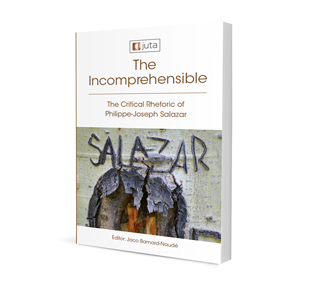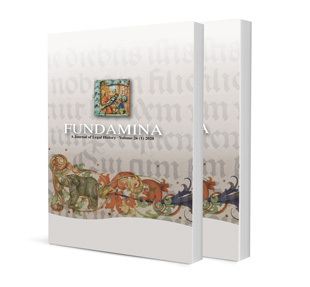The Covington smile: Norms and forms of violence in the age of the White Awakening

The Covington smile: Norms and forms of violence in the age of the White Awakening
Author Philippe-Joseph Salazar
ISSN: 1996-2088
Affiliations: Centre for Rhetoric Studies, Faculty of Law, University of Cape Town
Source: Acta Juridica, 2022, p. 198 – 219
https://doi.org/10.47348/ACTA/2022/a9
Abstract
This essay is a detailed study of an event that took place in January 2019 in Washington DC on the steps of the Lincoln Memorial. It was a confrontation between Catholic schoolboys returning from a March for Life and mainly Native Americans led by an Omaha elder. The ‘faceoff’ between the two central protagonists, Nicholas Sandmann and Nathan Phillips, went viral as the embodiment and enactment of white racism. It occasioned massive lawsuits for defamation against major media corporations. By applying critical rhetoric, this essay intends to show that repressed forms and norms of rites, sacrifice and religious artefacts were re-activated and performed anew during this encounter.
